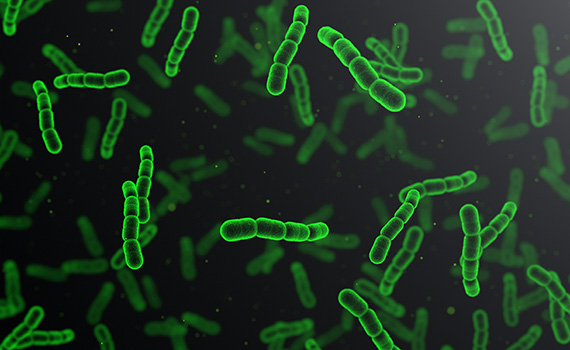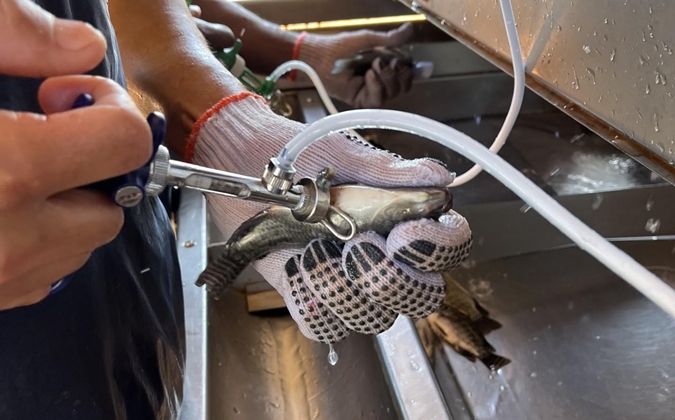
Why common bacterium from freshwater fish poses a health threat — and what can be done
Some subtypes of the bacterium Streptococcus agalacitiae, which is commonly found in fish and humans but can turn virulent, are proving a bigger threat to health than others — but steps can be taken to mitigate risks, according an academic and food safety advisor to the United Nations.
S. agalacitiae, also known as group B Streptococcus, has long been associated with disease in pregnant women and non-pregnant humans with comorbidities such as diabetes. However, an increasing number of cases are arising without these contributing factors, explained Iddya Karunasagar, PhD, of Nitte University in India.
Genetics matters in infection risk
The bacterium is genetically diverse, he said, with certain clonal complexes, such as CC283, more associated with infections without comorbidities.
Five serotypes — Ia, Ib, II, III and V — are most associated with disease in humans, while three serotypes — Ia, Ib, and III — have been associated with disease in fish. CC283 is part of serotype III and has only been isolated from humans, fish and frogs to date.
In humans, sepsis and meningitis are common clinical signs of infection, while clinical presentation in fish takes numerous forms, he explained at a Food and Agriculture Organization of the United Nations event on tilapia health. These include eye opacity, fin rot, abdominal distension and hemorrhages.
“It was thought that it (CC283) is mainly confined to Southeast Asia, but now we know that it is probably throughout the world,” he said, noting cases of infection with the subtype in Brazilian tilapia.
Managing a zoonotic disease threat
Links between fish and human disease became apparent in 2015 when an outbreak of CC283 infection in Singapore was associated with people eating raw fish.
“The advice was to avoid consumption of raw fish. This was successful in ending this outbreak and was followed by legislation banning the sale of raw fish as ready to eat,” he explained.
Heat and acidity are key in reducing the risk of disease arising from S. agalacitiae in food products.
“Studies conducted regarding its heat sensitivity indicated that it is heat sensitive, in fact even more then other organisms like Escherichia coli or Listeria monocytogenes,” he said.
Freezing does not eliminate risk, he continued, but the bacterium is less acid resistant than other foodborne pathogens, meaning that it would be less likely to pass through gastric acidity.
Knowledge gaps remain
There are still a number of unknowns around CC283 and S. agalacitiae more broadly.
“We’re still learning a lot about this organism and a lot of research has just now started,” Karunasagar continued.
“Water pollution is said to enhance the risk of disease, and this risk can be reduced with good water-quality management, but the experts believe that husbandry-based risk-reduction measures may not be completely adequate to eliminate the risk of fish disease or human infection. We need to take other measures, as tilapia at every stage, including fry, can carry (the bacteria) without obvious symptoms.”
Best practices in post-harvest handling and storage of farmed fish also need to be considered.
“We still do not know the effect of post-harvest handling conditions on either the prevalence or load of CC283. Then sources and mechanisms of introduction and amplification of CC283 in retail fish are not known, and the effect of different food preparation practices and routes of exposure have not been systematically investigated,” he added.
“But we know that risk is associated with the raw fish connection. So, the evidence of heat sensitivity suggests that cooked fish is safe for human consumption.”
Posted on: December 20, 2021






